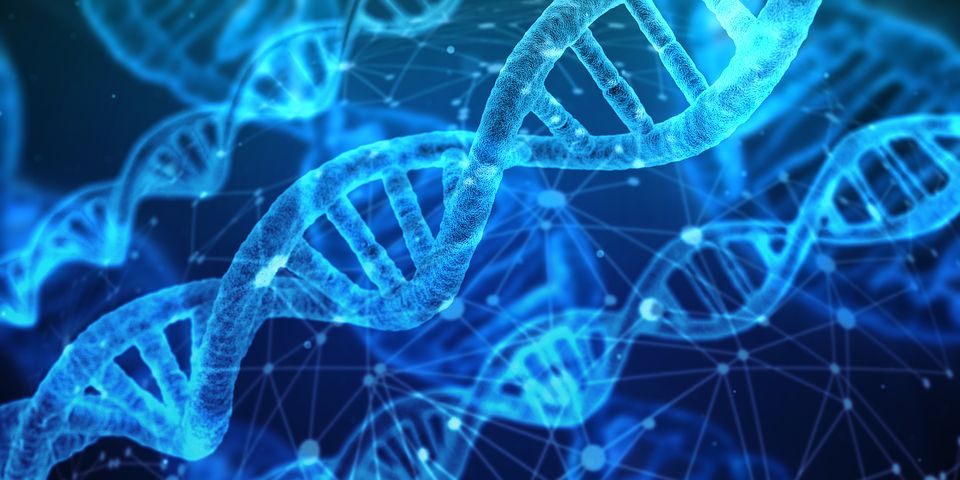Dual approach drives precision medicine
Two pioneering studies by MWC investigators are looking at the resilience and risk factors for type 2 diabetes in Māori and Pacific peoples, both ultimately aimed at understanding how genetic biomarkers can be used to provide a precision medicine approach specifically to improve health outcomes with and for Māori and Pacific peoples.

Research undertaken by University of Auckland PhD candidate and MWC Affiliate Investigator Hannah Burden, along with her supervisor MWC associate investigator Dr Troy Merry, aims to reveal how a gene variant uniquely found in Māori and Pacific peoples actually protects against type 2 diabetes. Up to 30 percent of the Māori and Pacific population in New Zealand carry at least one copy of a CREBRF genetic variant. This is known to have a protective effect from developing type 2 diabetes, but it is not yet known how. Recent findings indicate that this gene variant regulates insulin release after a meal1. Hannah says, “This is the first evidence that the diabetes-protective allele is associated with enhanced early insulin release”. Troy comments that “This work may give greater insight for personalised treatments and prevention strategies tailored to Māori and Pacific people.”
This dovetails into the ‘Which One is Right’ (WORTH) study led by Assoc Prof Rinki Murphy, a MWC Principal Investigator examining whether ethnicity or other biomarkers predict glucose-lowering responses to different type 2 diabetes medications, vildagliptin and pioglitazone. This study involves Māori and Pacific health providers Ngāti Porou Hauora, Te Hiku Hauora, Tongan Health Society, and a number of other community and primary health organisations such as Diabetes Foundation Aotearoa, Pinnacle and Procare. A key strength of the study was the rural and urban sites involving a range of clinicians: nurses, prescribing pharmacists, specialist diabetes nurse prescribers, general practitioners and endocrinologists.
The WORTH study showed no difference in response to glucose-lowering medications between Māori and Pacific compared with non-Māori and non-Pacific peoples. However, heavier people with a BMI above 30 or high blood lipids had a better glucose lowering response to pioglitazone. This has implications for prescribing. In practice, clinicians may not want to put heavier patients on a medication that potentially adds to their weight. However, these are exactly the people who will reap the greatest benefit in lowering their glucose and blood lipid levels from pioglitazone.
While the WORTH study shows ethnicity is not a good proxy for predicting glucose lowering responses, the research group is now examining whether diabetes medication responses in Māori and Pacific participants differ by CREBRF genotype. Rinki concludes, “These studies by MWC investigators are examples of many recent research initiatives which aim to increase health equity by ensuring Māori and Pacific people collaborate in and benefit from the global movement to develop ‘precision medicine’ approaches to prevent or treat type 2 diabetes”.
MWC was critical to both these studies which are part of a wider programme, partly funded by the MWC and the HRC and involving collaboration with The Moko Foundation and Ngāti Porou Hauora (NPH) in association with Professor Tony Merriman, University of Otago and the Christchurch Heart Institute which ran multiplex assays to simultaneously measure many incretin hormones. As part of both these studies, a MWC grant supported the development of appropriate guardianship agreements for the use of participants’ genetic material, its secure storage and traceability systems for the thousands of anonymized samples; building on NPH’s pre-existing agreement with the University of Otago to ensure ongoing oversight and governance of such taonga.
1. Burden, H. J., et. al. (2021). https://doi.org/10.1007/s00125-021-05552-x
2. Yeu, R.Q., et al. (2020). https://bmjopen.bmj.com/content/10/9/e036518
Image courtesy of Pixabay.com